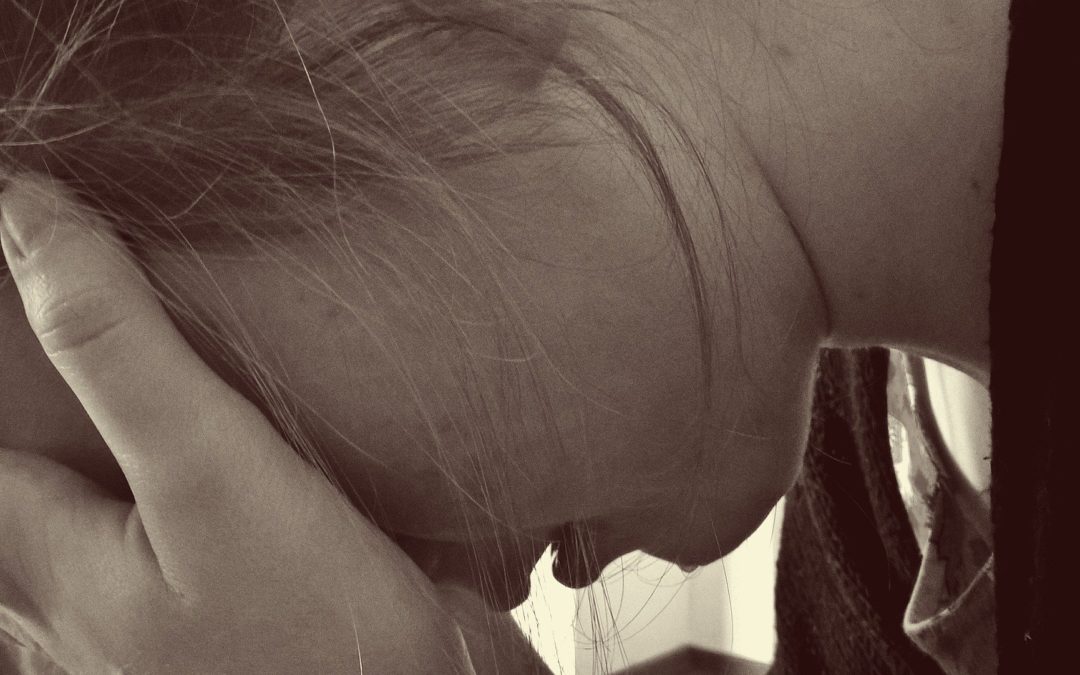Trends in collegiate student-athlete mental health in the National College Health Assessment, 2011-2019.
Edwards B, Froehle AW, and Fagan SE. J Athl Training. 2023,58(4):361-373. Doi: 10.4085/1062-6050-0586.21.
Take-Home Message
College athletes and nonathletes are under significant stress. Reported mental health symptoms and diagnoses are on the rise, with 1 in 3 students reporting a recent diagnosis. Fortunately, more college students report receiving mental health information from institutions and treatment-seeking behaviors over time.
Background
Awareness of mental health concerns is increasing in the general public, as well as in collegiate athletics. Educational efforts and mental health resource access have increased, but it is unclear if these efforts have improved student-athlete mental health and treatment-seeking behaviors.
Study Goal
Edwards and colleagues analyzed 8 years of survey data to examine how the mental health of student-athletes, compared to nonathlete peers, has changed from 2011 to 2019.
Methods
Researchers obtained data from the National College Health Assessment. The data, which spans 8 academic years, was anonymously reported by students in participating institutions. Respondents were classified as “athletes” or “nonathletes” through their answers to specific survey questions. The researchers excluded students participating in only club or intramural sports. The survey included “yes” or “no” questions grouped into 5 outcome groups: 1) “recent mental health symptoms”, 2) “recent mental health diagnosis”, 3) “mental health treatment-seeking behavior”, 4) “receiving mental health information from institutions”, and 5) “the recent effect of mental health on academic performance”.
Results
A total of 502,780 students from 607 unique institutions completed the surveys and met the inclusion criteria. These included over 54,400 athletes and 448,300 nonathletes. The key results are described in the Table, showing that more students received mental information from institutions and sought treatment or would consider treatment over time. Meanwhile, more students reported recent mental health symptoms/diagnoses and effects on academic performance over time. Student-athletes less frequently reported mental health symptoms/diagnosis and treatment-seeking behaviors. However, more student-athletes reported receiving mental health information from institutions.
| Over Time Changes | Differences Between Groups | |
| Recent Mental Health Symptoms | Increased Over Time | Athletes < Nonathletes |
| Recent Mental health Diagnosis | Increased Over Time | Athletes < Nonathletes |
| Mental Health Treatment-Seeking Behavior | Improved Over Time | Athletes < Nonathletes |
| Receiving Mental Health Information From Institutions | Improved Over Time | Athletes > Nonathletes |
| The Recent Effect of Mental Health on Academic Performance | Increased Over Time | Athletes < Nonathletes |
Viewpoints
More than 1 in 5 college students reported symptoms of depression. A majority of students reported feeling very sad, very lonely, exhausted, or overwhelmed. During the 8 years, we went from 1 in 5 college students reporting a mental health diagnosis to 1 in 3 students. It is encouraging that treatment-seeking behavior and mental health information access have increased over time. This study cannot address whether the increased mental health symptoms/diagnosis is due to increased prevalence or increased comfort with reporting. As educational material access increases, it would make sense that reporting of mental health concerns would also increase. While the trends over time are encouraging, the overall numbers are still disheartening, and we need to do more to encourage student-athletes to seek treatment.
Clinical Implications
Clinicians should know that athletes and nonathletes are under immense pressure due to the college experience. This requires clinicians to be acutely aware of the signs and symptoms of mental health concerns and have an appropriate and empathetic plan to assist their athletes in obtaining the appropriate treatment. We also need to continue to reduce stigma and increase awareness among athletes that treatments are available.
Questions for Discussion
What changes have you observed regarding student-athlete mental health awareness, recognition, and treatment-seeking? What specific strategies do you feel have had the most impact on student-athlete mental health awareness, recognition, or treatment-seeking?
Written by Kyle Harris
Reviewed by Jeffrey Driban
Related Posts
You’re Not Alone – Depression, Stress, and Anxiety on the Sports Medicine Team
High School Sport Specialization May Increase Depression Risk
Many NCAA Clinicians Fail to Screen Mental Health
Fresh Air May Help Improve Performance.
Want to get better? Take a nap!


